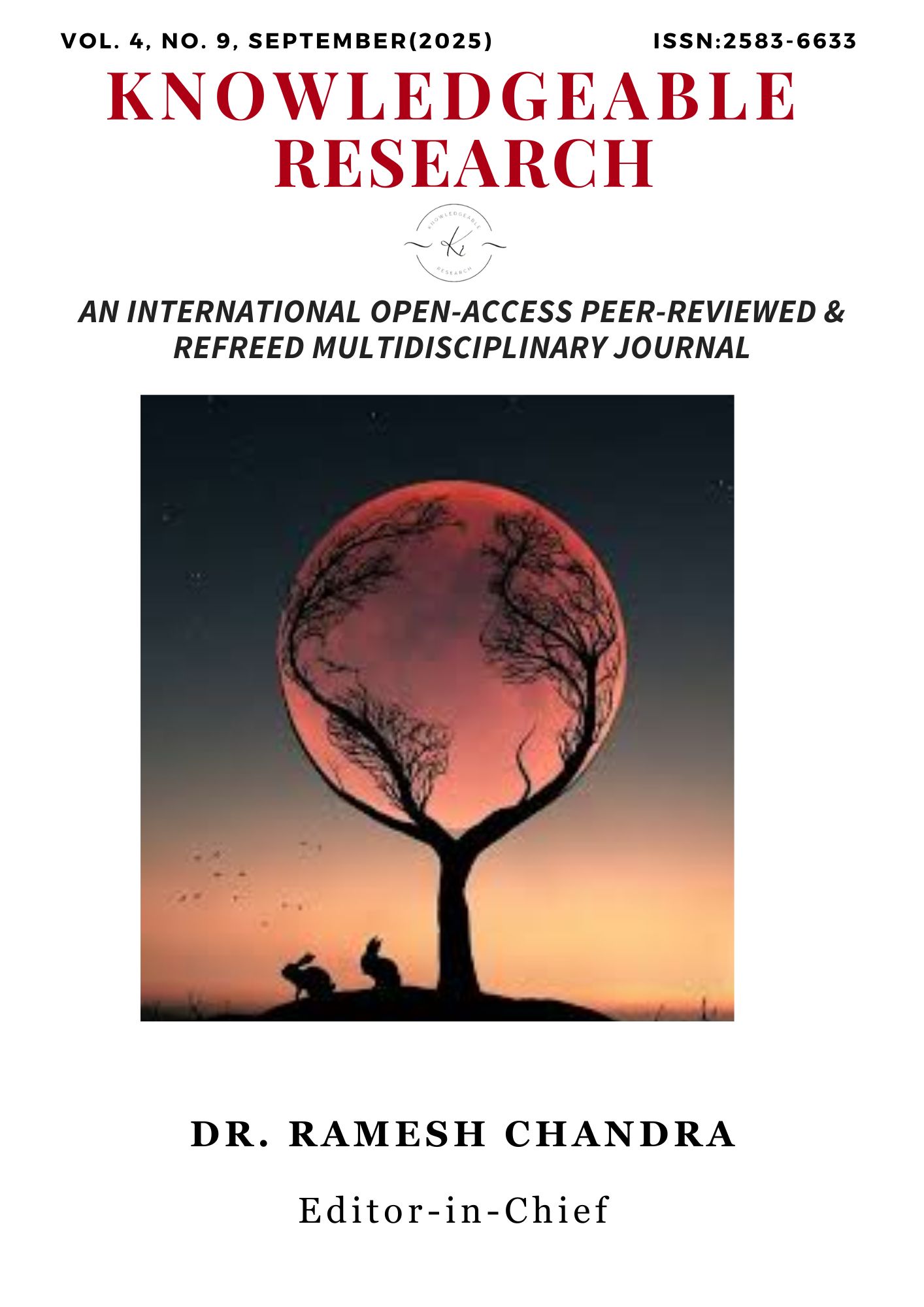Unpacking Trauma: An Analysis of Dastaan’s Portrayal of Trauma, Resilience and Gendered Violence
Main Article Content
Abstract
Pakistani television drama Dastaan, (2010), is based on Razia Butt’s novel Bano and it has been successful in providing a very heart-rending depiction of the Indian Partition (1947). Dastaan focuses on the effects of Indian Partition on individuals, particularly women. This research paper is an attempt to examine and analyse the drama through the lens of Cathy Caruth’s trauma theory and postcolonial theory. This study helps to explore how historical and structural violence, trauma, displacement, memory, and gendered suffering are represented. The protagonist of the drama is Bano who becomes an epitome of physical and psychological scars left on human psyche by the Indian Partition, embodying the existential crisis and fragmented identity of a postcolonial subject. By analysing and examining the narrative structure, character development and cinematic techniques, this paper investigates trauma as an “unclaimed experience”. Additionally, this paper also helps to interrogate how the drama Dastaan represents memory and collective trauma. It also reflects upon the long-lasting and deep impact of colonial violence on national and personal identities. Ultimately, this study challenges dominant historical discourses on the Indian Partition and reconstructs silenced narratives. This paper also investigated how shift from text to screen results in narrative restructuring and provide new perspectives on Partition trauma through visuals non-linear storytelling and dialogues highlighting how reinterpretation of fictionalized and historical accounts of Partition by showrunners and filmmakers often modify character arcs, visual aesthetics, and emotional depth to suit cinematic storytelling.
Article Details
Section

This work is licensed under a Creative Commons Attribution-NonCommercial 4.0 International License.

